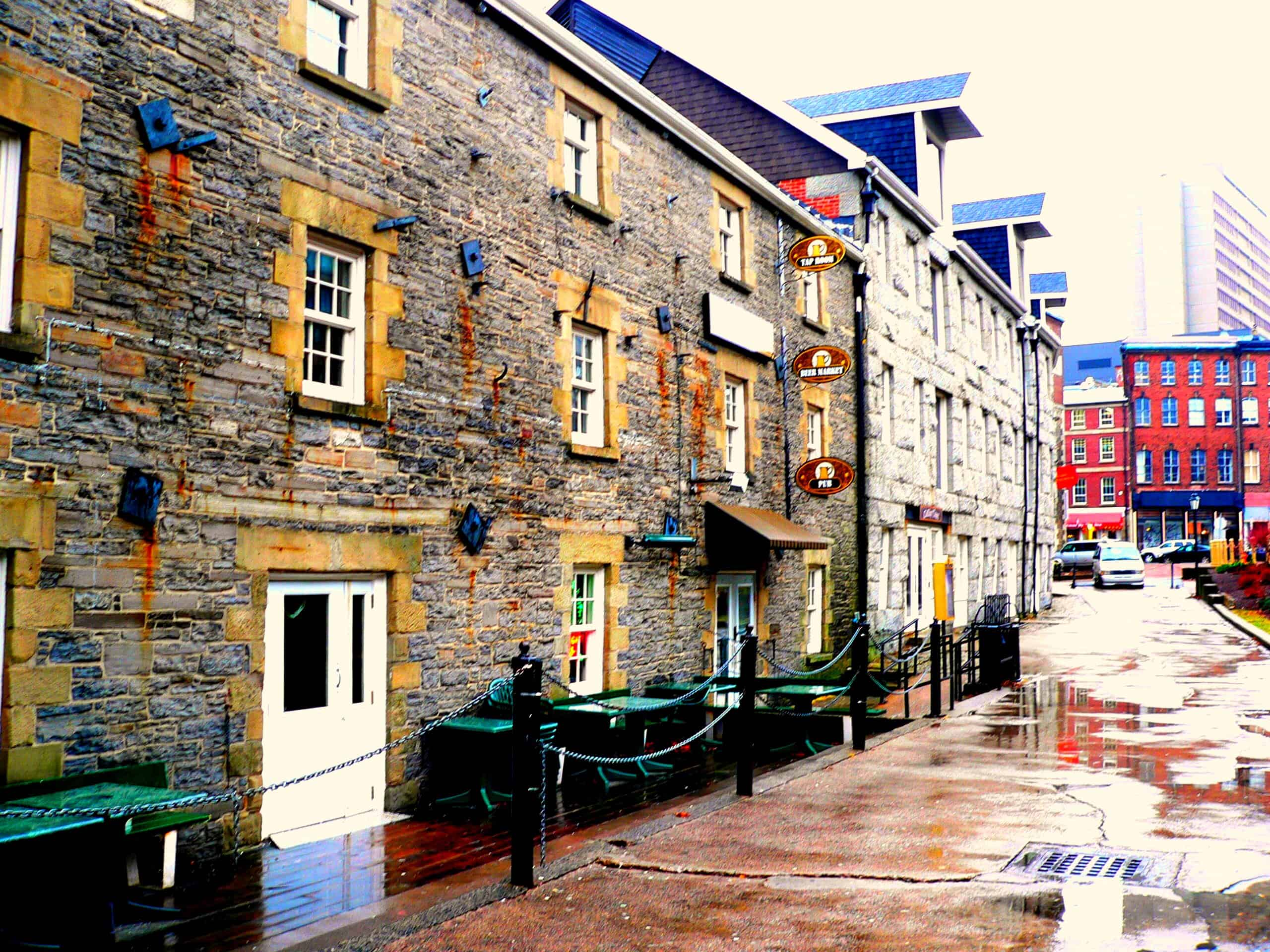The Acadian Coast in New Brunswick is a place of wonder that's full of people who vehemently love life and celebrate their culture. This culture was nourished by the isolation of the region until the mid-20th century. When the people gained access to the outside world, the world was treated to an explosion of Acadian culture in the 1950s. Today, their unique culture continues to mystify and attract thousands of visitors to New Brunswick, where visitors are treated to tours that showcase their history, music and folklore.
The name Acadia was given to the coastline in New Brunswick in 1524 when Giovanni da Verrassano, an Italian explorer in the service of France, launched an expedition there. However, French settlers would not come to the area until 1601. Those French settlers remained in the area intermixing with the local aboriginal people until they no longer considered themselves French, but Acadians instead.
In the 1700s when the people refused to pledge allegiance to the Crown, they were deported en masse. Some went south to what is now Louisiana while others hid in the forests around Memramcook with help from their Mi'Kmaq neighbors. It is there where the exiled people rebuilt their community.
Now they are a minority in Canada, but even with access to the outside world they have preserved their unique traditions, and their unique culture attracts visitors from all over the world.
Village Historique Acadien
 creativecommons.org/New Brunswick Tourism
creativecommons.org/New Brunswick Tourism
For those interested in the history of the Acadians, the Village Historique Acadien is the place to visit. The village hosts period buildings from the Acadians hay day from 1770 to 1949 and visitors are guided on tours with interpreters as the villagers go about their daily chores. Visitors watch all the activities that early Acadians used to support themselves. For those who want to forgo the tour, they can choose to walk the grounds free of charge on their own to get a feel for their unique way of life.
 creativecommons.org/New Brunswick Tourism
creativecommons.org/New Brunswick Tourism
Those who are lucky enough to be in the area during the first two weeks of August are free to party with the locals for the Festival Acadien de Caraquet. This festival is the top Acadian cultural event of the year. Each year, thousands of Acadians and visitors alike flock to the area for this two-week festival as over 400 artists that take the stage to perform their music, cabaret and other acts. Visitors are also treated to eclectic Acadian cuisine and Tintamarre Workshops where they can craft their own masks, costumes and other carnival accessories.
Kouchibouguac National Park
 creativecommons.org/Francois Lambert
creativecommons.org/Francois Lambert
Due to the Great Deportation, the land where the Acadians live now is not originally where they settled. Kouchibouguac National Park is the land of the first settlers. This park is located on New Brunswick's eastern shore and stretches along the Acadian Coast and boasts some of the warmest salt water above Virginia.
Aside from the usual national park activities like hiking, biking and horse riding trails, there are also quite a few excellent cultural activities to enjoy. Visitors can indulge in a tour program where a guide takes them aboard a canoe and tours the waterways of the park, showing all the sites where the Acadians as well as the local indigenous people once lived. At the Common Tern colonies, visitors can enjoy amusing sketches in an outdoor theatre, listen to stories and local legends around campfires and experience Mi'Kmaq culture.
Monument Lefebvre National Historic Site
The Lefebvre Monument is located in the Memramcook Valley of southeastern New Brunswick. The building was previously a part of Saint Joseph's College, originally housing science labs and home to a theatre program that put on many Acadian works.
The site had an uncertain fate in the 1970s when it was slated to be destroyed, but the passionate loacal community rallied to save it. The building was then turned into a museum dedicated to the history of the Acadians. It serves as a tangible symbol of Acadia past and present. Inside this monument, visitors can follow Acadian history from their arrival, to the deportation and up to modern times.
Fort Beausejour
Fort Beausejour sits on the border of New Brunswick and Nova Scotia on the Bay of Fundy. It is also a crossroads of natural and cultural history for the area. From the fort's watch towers, it overlooks the heritage landscape that was of such great importance to Canadian history.
It was there where French and British forces vied for control of these colonial lands with the Acadians caught up in between. The ancient marshlands surrounding the fort practically whispers of the area's colourful historic past.
Today, Fort Beausejour is perfectly preserved and packed full of both French and British artifacts from their bloody conflicts. Visitors are free to roam the fort on their own or take tours of the area with a tour guide. There is quite a bit of Acadian history within the fort from when they settled in the area, but the history tapers off after the Great Deportation that happened after the war.
Music In Moncton
 creativecommons.org/New Brunswick Tourism
creativecommons.org/New Brunswick Tourism
It is said that Acadians are born with music in their veins, so it is only natural that many of the musicians in New Brunswick are of Acadian descent. A trip to the clubs, bars, and theatre venues in Moncton shows off their talent.
Places like the Great Canadian Pub and the Paramount Lounge host jazz and rock bands comprised of the younger Acadian generation, but the city really begins to shine during Acadia Day in May. The city hosts a three-day music festival where bands take the stage and express the talent that is in their veins. While visitors enjoy the music, there are a number of stands that celebrate Acadian culture through food, crafts and theatrics.
Related content on Canadian Traveller


